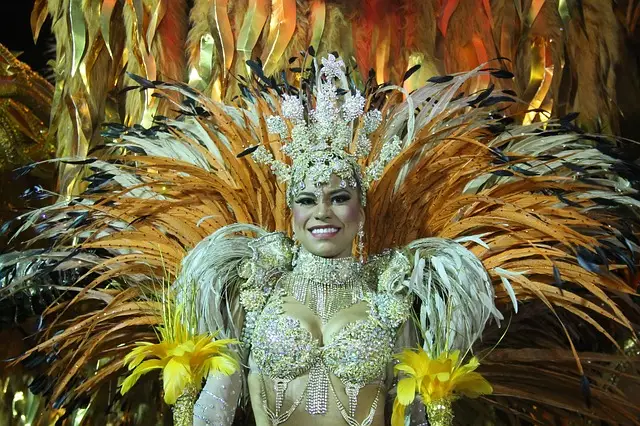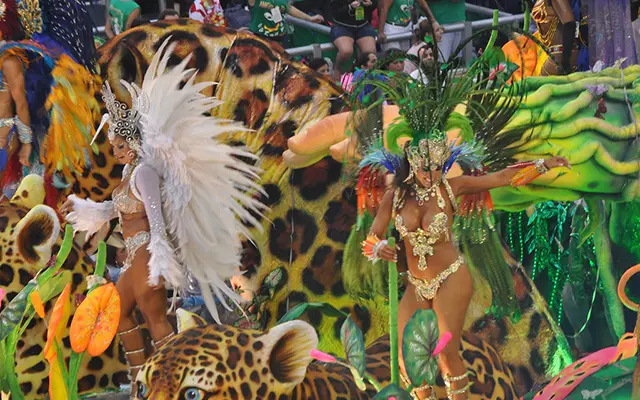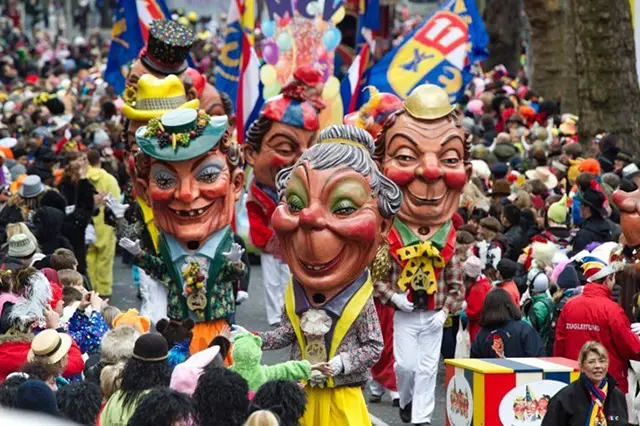Origin & characteristics of the Brazilian carnival
A closer look at the history, the background, and the circumstances that formed the greatest festival of the Brazilian nation.
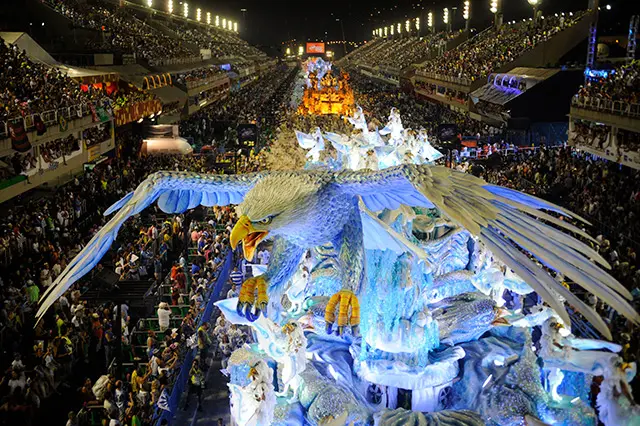
The Brazilian carnival is undoubtedly one of the largest festivals on Earth. Millions of people with colorful costumes and festive mood attend or participate in extravagant parades floating the streets of big cities and smaller communities. The party lasts for almost a week and is held always 40 days before Easter between Friday before Ash Wednesday and Ash Wednesday at noon. A closer look at the history and the origins of the celebration reveals its interesting evolution during the years as well as the reasons that make it an integral part of the Brasilian culture.
Historical roots
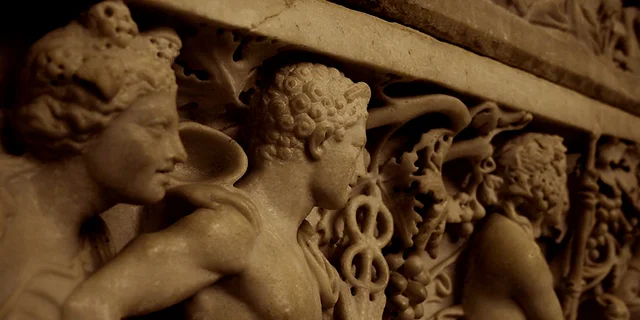
According to some scholars, Carnival is related to some ancient springtime festivals which were celebrating Nature and life renewal.
More specifically, they connect it to the Greeks and the rituals of Dionysus which were well-known for the theatrical works and the symposiums with extensive wine-drinking. While similar rites, known as Bacchic Orgies, were later followed by the Romans.
Carnival as a Christian tradition
Carnival emerged as the corresponding springtime festivity for Christian Europe. It was a vivid folk event and the last opportunity to consume rich foods and meat before the fasting period of Lent.
According to historians, the name of the festival itself derives from the Latin expression “carne vale” which is translated as “farewell to meat”.
Colonialism brings it to Brazil
Carnival is a tradition that arrived in Brazil at the age of discoveries in the 15th century. Some sources point out that around 1723, the Portuguese immigrants observe it with food and music, while they called it “Entrudo”.
Back in that time, the festival was actually a giant water fight where people would soak each other in the streets with buckets full of water.
A celebration of the aristocrats
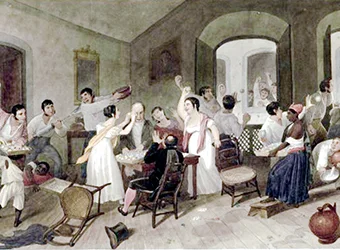
The concept of the festival changed when the Portuguese Royal Family moved to Brazil in 1808.
Then “Entrudo” became Carnival and the water fights were replaced by great parades where the Emperor with a group of aristocrats were parading with masks, music, and luxurious costumes. The parades were followed by formal masquerade balls and celebrations in Portuguese elite’s homes.
Incorporating Afro-Brazilian culture
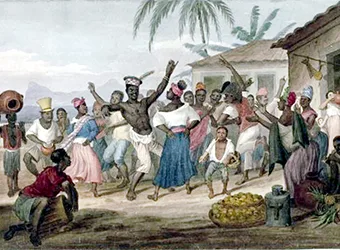
Over time, the lower classes of society started to take ownership of the Carnival. It was when the Afro-Brasilians started to organize their own parades and with funny costumes and masks were mocking the Brazilian elite.
The African inspired music and dances were the main elements at those parades and through the years started to dominate the notion of the festival. This was a fact that identified the emerging of the Afrobrazilian music culture which later created the vivid and joyful music style of samba.
Evolution in modern era

Equality & Freedom
Gradually, the cultural clash between the Portugueese and the Africans were eliminated and Carnival became a common party were music styles and customs were merging. Throughout history, Carnival proved to be such an important part of the Brazilian society, that even the dictators wouldn’d risk restraining. Thus, the Carnival with its events and performances became a mean of protest against the undemocratic regimes.
Samba
Although the Afro-Brasilian style was actively oppressed during history, the tradition has survived and soon became a distinctive element of Carnival. By 1930, samba became the official music of Brazil and Carnival evolved to the most famous event of the country. The whole nation celebrates its 5-day intense festivities, while thousands of tourists visit major coastal cities joining the great party.

The most famous event in Brazil
Nowadays the Carnival is the most significant holiday in the country. It attracts thousands of tourists and according to estimations the tourism revenues overcome the amount of 1 billion dollars per year. It is celebrated to the greatest extent in smaller and major cities of the country, while in the city of Rio alone there are more than 2 million people in the streets every day.
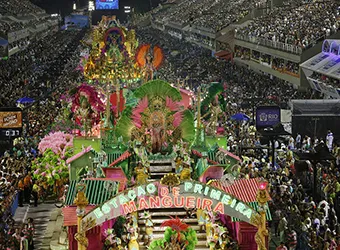
The celebration culminates during the period of 5 days before and until the Ash Wednesday. But the spirit of the festival is always present through the ongoing preparations which in some cases last for the whole year. Local communities including the poorest favelas (slums) are organized in Carnival associations the so-called “samba schools” in order to construct their floats, make their costumes and practice. The whole planning of choreographies, themes, and outfits involve thousands of participants and take many months.
The samba schools are competing with each other in 10 different categories, related to their performance, by a committee of judges who are chosen in advance by the representatives of the samba schools. The final competition is taking place at the Sambadrome which is a concrete structure from which the floats pass through as they are parading through the city streets.
They have a joy for life in Brazil unlike any country I've ever seen.
The carnival parades are considered as a national event and many of them are covered with live TV broadcasts. The first broadcasts of the Brasilian Carnival date back to the 1960s when the TV group Rede Globo covered for the first time the Carnival parade of Rio. Today, the events of Rio, Sao Paulo, and other cities are reaching the televisions of all homes in the country and abroad. In this way, they definitely become the center of national and international attention during the festival of Carnival.
